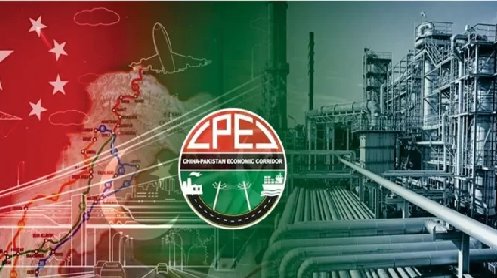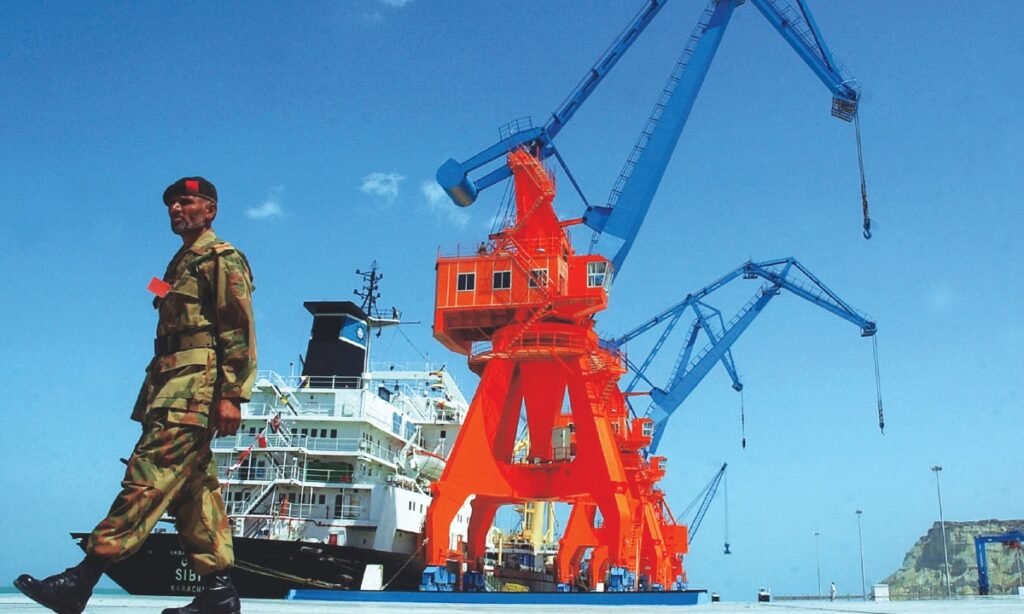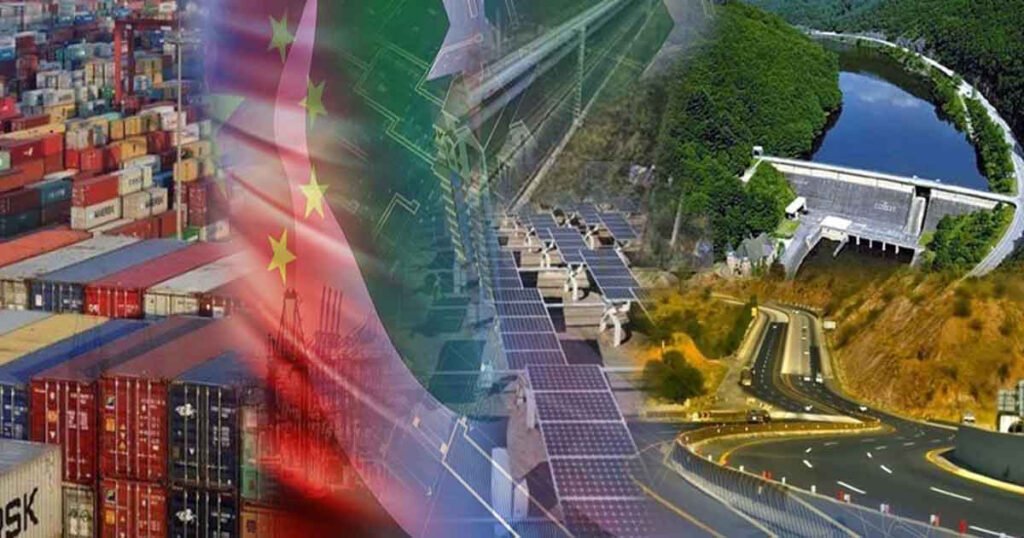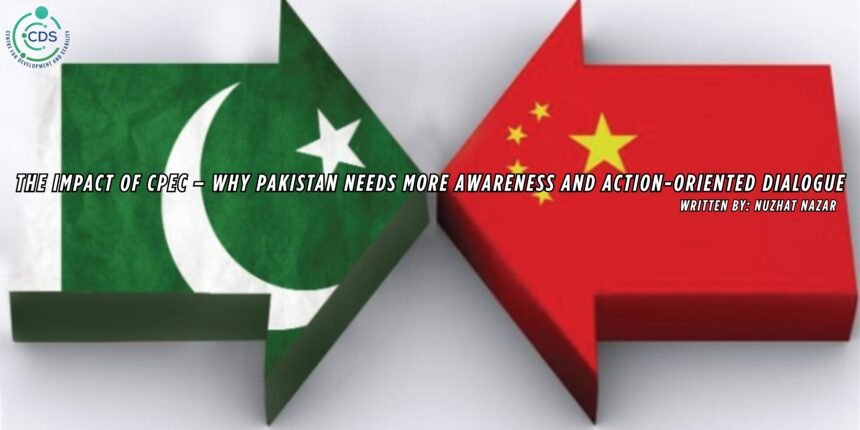The China-Pakistan Economic Corridor (CPEC), a flagship project of China’s Belt and Road Initiative (BRI), remains one of the most transformative initiatives for Pakistan’s economy, regional connectivity, and strategic positioning. Valued initially at over $62 billion, CPEC was envisioned to boost infrastructure, power generation, trade, and industrialization in Pakistan. However, despite its high-profile nature and political significance, the understanding and general awareness of its scope and impact among the public remain limited–highlighting the growing need for more inclusive and informative seminars, public forums, and academic discussions.

As of 2025, CPEC is transitioning into Phase II. The Phase I (2015–2020) focused on early harvest projects, primarily involving road infrastructure (e.g., the Multan–Sukkur Motorway), energy generation (like the Port Qasim coal power plant, Sahiwal plant, and hydro projects), and the development of Gwadar Port. Roughly $25 billion worth of projects have been completed or are near completion. These have helped add over 5,000 MW to the national grid and improved road connectivity, particularly in Balochistan and interior Sindh.
Phase II is now geared toward industrial cooperation, agriculture modernization, socio-economic development, and special economic zones (SEZs). However, this phase is far more complex, requiring deep institutional reforms, private sector participation, skilled workforce development, and regulatory clarity. Currently, only a few SEZs – like Allama Iqbal Industrial City (Faisalabad) – are showing real signs of progress, while others are lagging due to bureaucratic delays, land acquisition issues, security concerns, and lack of provincial coordination.
Despite the promising framework, challenges continue to mount:

- Security Concerns: Incidents in Balochistan, including attacks on Chinese nationals and CPEC installations, have raised red flags. Pakistan has responded by creating a dedicated CPEC security force, but the perception of risk still persists.
- Debt and Financial Transparency: Critics question whether the loans and investments under CPEC are sustainable. Although the government emphasizes that most energy projects are private-sector driven under Independent Power Producer (IPP) models, opaque agreements and the rising debt-to-GDP ratio remain sensitive issues.
- Local Discontent and Mistrust: In Gwadar and other underdeveloped regions, there is growing disillusionment due to unmet promises around employment, clean water, and development dividends. Community engagement has been minimal, resulting in protests and resistance in some pockets.
- Coordination Hurdles: CPEC’s inter-provincial nature demands robust coordination between federal and provincial governments–something that has been inconsistent. Political changes often lead to policy discontinuity, affecting investor confidence.
Yet, despite these challenges, CPEC enjoys general acceptance across political divides and among the public and it is viewed as a strategic lifeline in a struggling economy. It symbolizes a deepening of China-Pakistan ties and is seen as a gateway to regional trade with Central Asia, the Middle East, and Africa through the Arabian Sea.
However, the threshold for success has shifted. It is no longer just about laying down roads and generating electricity.

The real test lies in translating infrastructure into long-term economic productivity, local industrialization, and inclusive development. This demands an informed and empowered population, one that is not just a spectator but a stakeholder.
This is where seminars and awareness programs play a vital role. They are not mere events but they are platforms for accountability, engagement, and capacity building. Universities, media, civil society, and think tanks must now take the lead in simplifying the CPEC narrative for the masses. Discussions should move beyond ceremonial speeches to real issues – like how youth can be skilled for SEZ jobs, how small businesses can enter CPEC value chains, and how provinces can claim a fair share.
Without informed public discourse, the benefits of CPEC may remain centralized or underutilized. If we want CPEC to be a truly national project, it must be understood, questioned, supported, and even challenged where needed – at all levels of society.
In essence, CPEC is not just a corridor of concrete, it is a corridor of opportunity, equity, and future stability. And to harness it, we must invest not only in infrastructure, but also in information, inclusion, and innovation.



